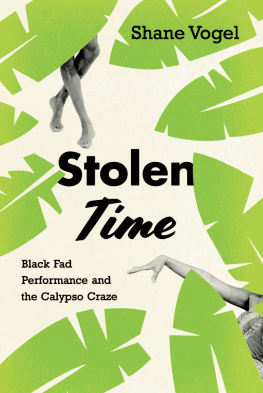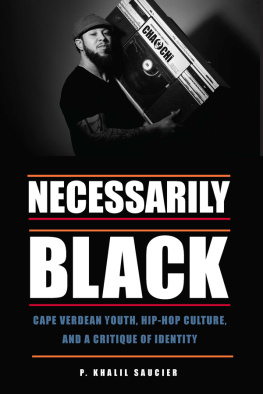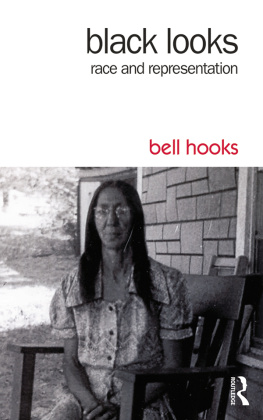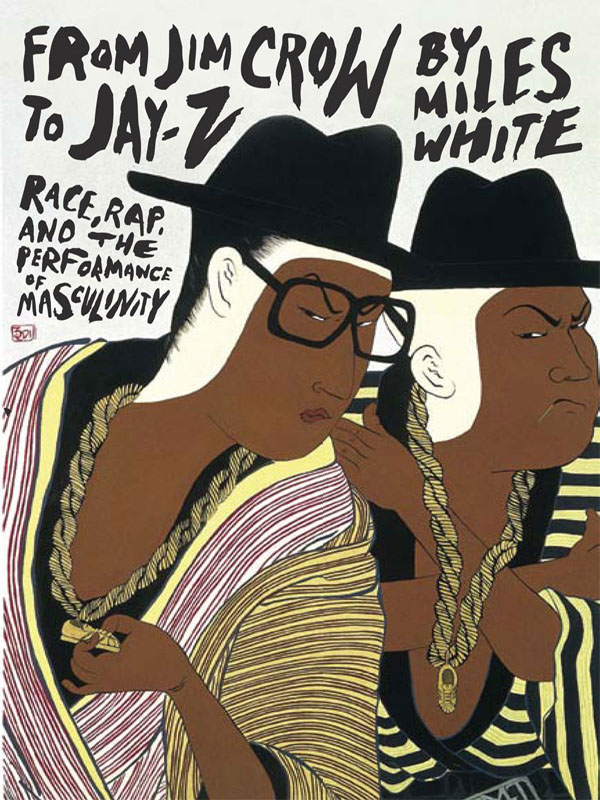Miles White - From Jim Crow to Jay-Z: Race, Rap, and the Performance of Masculinity
Here you can read online Miles White - From Jim Crow to Jay-Z: Race, Rap, and the Performance of Masculinity full text of the book (entire story) in english for free. Download pdf and epub, get meaning, cover and reviews about this ebook. year: 2011, publisher: University of Illinois Press, genre: Politics. Description of the work, (preface) as well as reviews are available. Best literature library LitArk.com created for fans of good reading and offers a wide selection of genres:
Romance novel
Science fiction
Adventure
Detective
Science
History
Home and family
Prose
Art
Politics
Computer
Non-fiction
Religion
Business
Children
Humor
Choose a favorite category and find really read worthwhile books. Enjoy immersion in the world of imagination, feel the emotions of the characters or learn something new for yourself, make an fascinating discovery.

- Book:From Jim Crow to Jay-Z: Race, Rap, and the Performance of Masculinity
- Author:
- Publisher:University of Illinois Press
- Genre:
- Year:2011
- Rating:4 / 5
- Favourites:Add to favourites
- Your mark:
From Jim Crow to Jay-Z: Race, Rap, and the Performance of Masculinity: summary, description and annotation
We offer to read an annotation, description, summary or preface (depends on what the author of the book "From Jim Crow to Jay-Z: Race, Rap, and the Performance of Masculinity" wrote himself). If you haven't found the necessary information about the book — write in the comments, we will try to find it.
From Jim Crow to Jay-Z traces black male representations to chattel slavery and American minstrelsy as early examples of fetishization and commodification of black male subjectivity. Continuing with diverse discussions including black action films, heavyweight prizefighting, Elvis Presleys performance of blackness, and white rappers such as Vanilla Ice and Eminem, White establishes a sophisticated framework for interpreting and critiquing black masculinity in hip-hop music and culture. Arguing that black music has undeniably shaped American popular culture and that hip-hop tropes have exerted a defining influence on young male aspirations and behavior, White draws a critical link between the body, musical sound, and the construction of identity.
|CoverTitle PageCopyright PageContentsAcknowledgmentsIntroduction1 Shadow and Act: American Popular Music and the Absent Black Presence2 The Fire This Time: Black Masculinity and the Politics of Racial Performance3 Affective Gestures: Hip-hop Aesthetics, Blackness, and the Literacy of Performance4 Real Niggas: Black Men, Hard Men, and the Rise of Gangsta Culture5 Race Rebels: Whiteness and the New Masculine DesireEpilogueAppendixNotesReferencesIndex|
Miles Whites From Jim Crow to Jay-Z drops squarely into the Bermuda Triangle of critical race studies, gender and sexuality studies, and performance studies with useful new approaches to studying rappers as ambivalent cultural exemplars of black masculine performance.H-Net Review
Invaluable. . . . Provides a clear example of how interdisciplinary approaches to African American music and culture can provide future scholars with the tools to examine the ever changing and diverse identities within the community.Black Grooves
Whites generative approach and application are ground-breaking, innovative, and ultimately laudable.Popular Music and Society
|
Formerly a professional musician and entertainment journalist, Miles White teaches at City University of Seattle in Bratislava, Slovakia.
Miles White: author's other books
Who wrote From Jim Crow to Jay-Z: Race, Rap, and the Performance of Masculinity? Find out the surname, the name of the author of the book and a list of all author's works by series.







 This book is printed on acid-free paper.
This book is printed on acid-free paper.